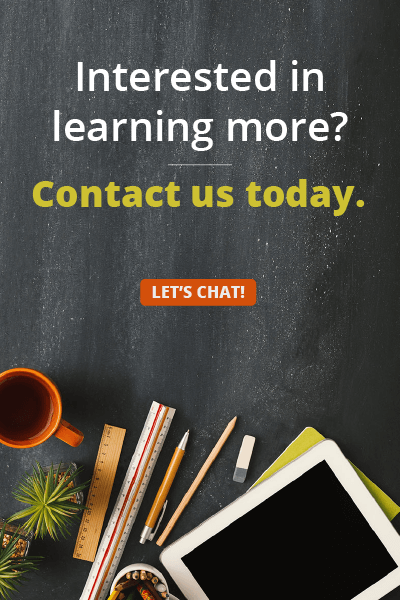Our goal at Britannica Education is to support districts and schools in implementing SEL initiatives that seamlessly integrate SEL into everyday academic instruction. We work with you to develop a customized crosswalk between academic and SEL goals so you can achieve a truly integrative approach to Social Emotional Learning.
This blog is part of a series explaining the following SEL Competencies:
Relationship Skills
Self-Awareness
Self-Management
Social Awareness
Why Is Integrating SEL Important
It’s important to infuse SEL skills and competencies throughout student learning experiences instead of in isolation. Teaching these or any skills in isolation does not provide opportunities for practice across various settings. Integrating SEL into all areas of the curriculum allows for continued practice, as well as opportunities to make connections and apply the skills in everyday experiences.
To provide a framework for integrating SEL in a range of content areas, we’ve broken it into four steps that can be utilized across all subject areas.
Step 1: Identify and explain the SEL competency you’ll focus on

To begin, determine which SEL competency you’ll focus on and plan your lesson with that in mind. Using the CASEL framework, choose one of the five broad and interconnected areas of competence: Self-Awareness, Self-Management, Social Awareness, Relationship Skills, and Responsible Decision-Making.
Be sure to share the competency with students. This helps them understand how the activities will help them acquire the knowledge, attitude, and skills they’ll need in the classroom and beyond. It also reinforces the idea that the class is working together toward a common goal of supporting each other’s learning.
Step 2: Identify the academic objective and topic
Once you’ve identified and explained the SEL competency you’ll focus on, articulate the objectives and topic of the lesson. For example, global issues—like poverty, immigration, voting, and education—are great topics for practicing Responsible Decision-Making in a Social Studies lesson. These issues provide opportunities for rich discussions about the importance of collaboration and mutual respect in solving problems.
Perhaps your SEL competency focus is self-management. To integrate this into an ELA lesson, first identify your ELA objective. For example, you may want students to conduct short research projects to answer a question, using several sources to generate additional related, focused questions for further research and investigation. This creates a framework for designing an engaging lesson.
Step 3: Identity your SEL lesson objectives
Once you’ve identified the SEL competency and academic objective, you’ll want to identify your SEL lesson objectives and student outcomes. Examples include:
- Demonstrate the ability to actively listen and understand multiple perspectives in a group setting.
- Work collaboratively to problem solve and share and discuss different events, thoughts, and ideas.
- Draw evidence from images, and refer to details and real-life examples to support analysis, reflection, and opinions.
- Make inferences from images when discussing and exchanging ideas in a group.
- Strengthen teamwork and relationship skills
Step 4: Create fun and engaging SEL activities
Keeping students engaged in meaningful activities helps reinforce the SEL competency you’re teaching. A few examples of how activities can support SEL objectives:
- For a lesson integrating Responsible Decision-Making, consider an activity like creating a classroom contract. The process of collaborating with students to establish expectations helps create a classroom environment where everyone’s ideas matter.
- If your SEL focus is Social Awareness, classroom service projects help students develop empathy and connect them to the world beyond the classroom.
- Read-alouds allow for discussion of conflict resolution and strengthen Relationship Skills. In discussions about the reading, students can share examples of how they have worked to resolve conflicts with other people.
With a focus on objectives, almost any classroom activity becomes an opportunity to integrate SEL competencies.
Student Takeaways
There are several positive outcomes from integrating SEL into a lesson. The SEL competencies:
- Connect students to others’ stories and perspectives through text, images, and media
- Encourage student voice: provide a platform for students to share their ideas, perspectives, and stories with their peers and the world around them
- Encourage inquiry, analysis, research, and critical thinking skills (cross-disciplinary)
- Give students skills to successfully interact with each other
- Help students establish and maintain positive relationships
- Allow students to develop positive attitudes and beliefs about self, others, and school
- Help students to feel and show empathy
- Help students understand and manage their emotions
- Encourage students to set and achieve positive goals
How Britannica Digital Learning integrates SEL into our products
Integrating SEL into academics is extremely impactful for students and considers the whole child during instruction. At Britannica, we ensure our products and services integrate the needs of educators as well as the students they serve. Our team of curriculum experts is always updating our resources. For more information on our products and access to free resources, please visit our SEL support page.
Continue our SEL competencies series by learning about Relationship Skills.
For these activities and more, download our FREE SEL Activities Guide

























